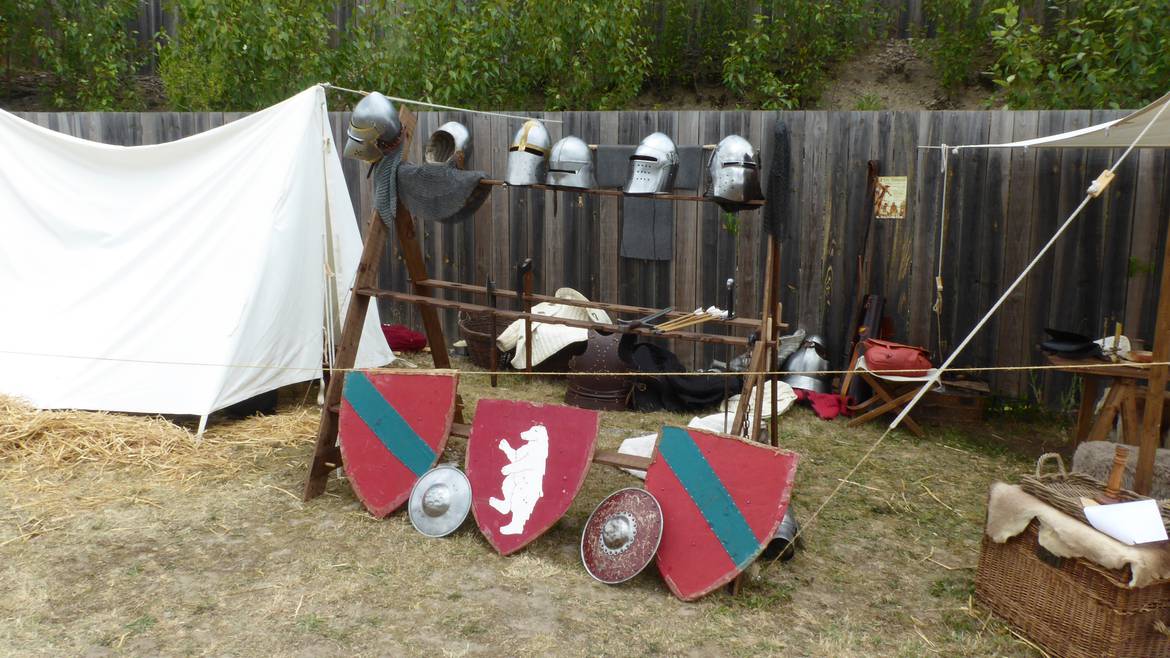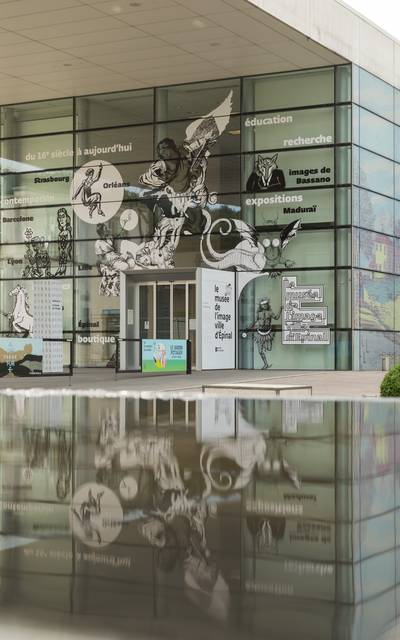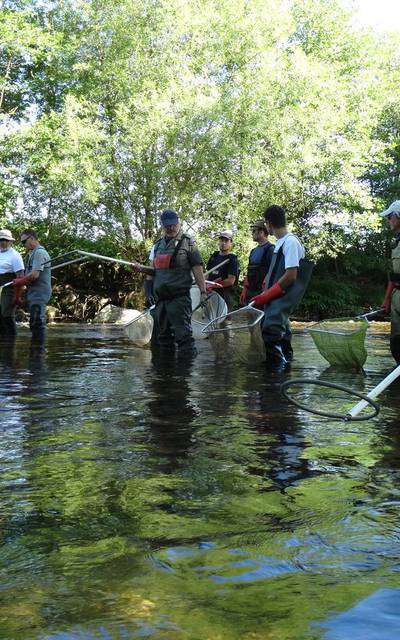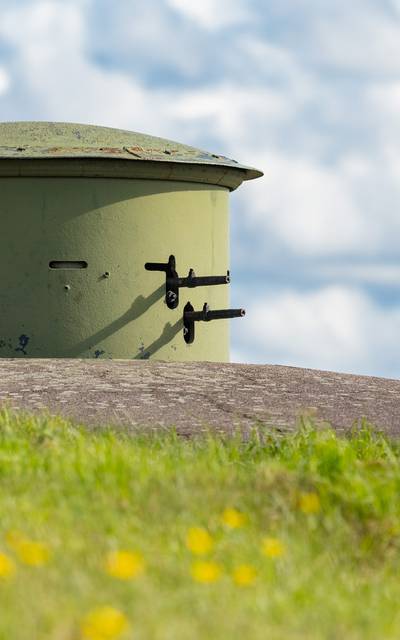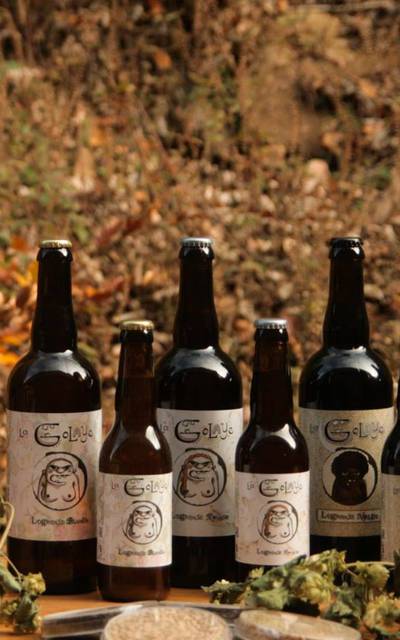
René
A medieval visit in the heart of Lorraine...
- For you, Épinal Tourism is : A green space filled with historical and cultural heritage
- Your favourite local dish is : The pie – tourte Lorraine
- Your favourite local attraction is : The miniature park in Plombières-les-Bains
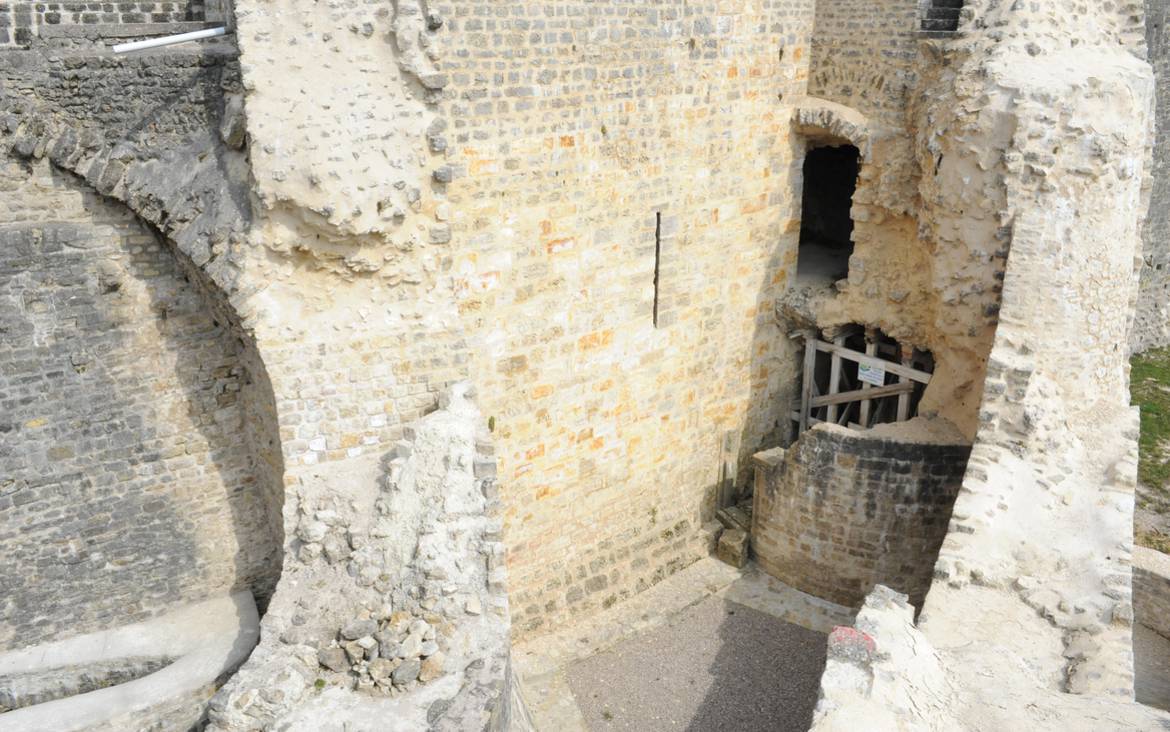
The history of the Fortress
You may have had the chance to discover the fortress in Châtel-sur-Moselle through a tour. This unique fortified edifice in Lorraine was rediscovered almost half a century ago by a group of history and heritage enthusiasts. Prior to this, 300 years ago, it had been destroyed and buried under the orders of King Louis XIV of France. At that time, Lorraine was still an independent state. Five centuries of the history of the fortification vanished under French oppression, rubbles from the demolition and earth filling. This is how history is written, explains our guide René Elter, who is also an archeologist.
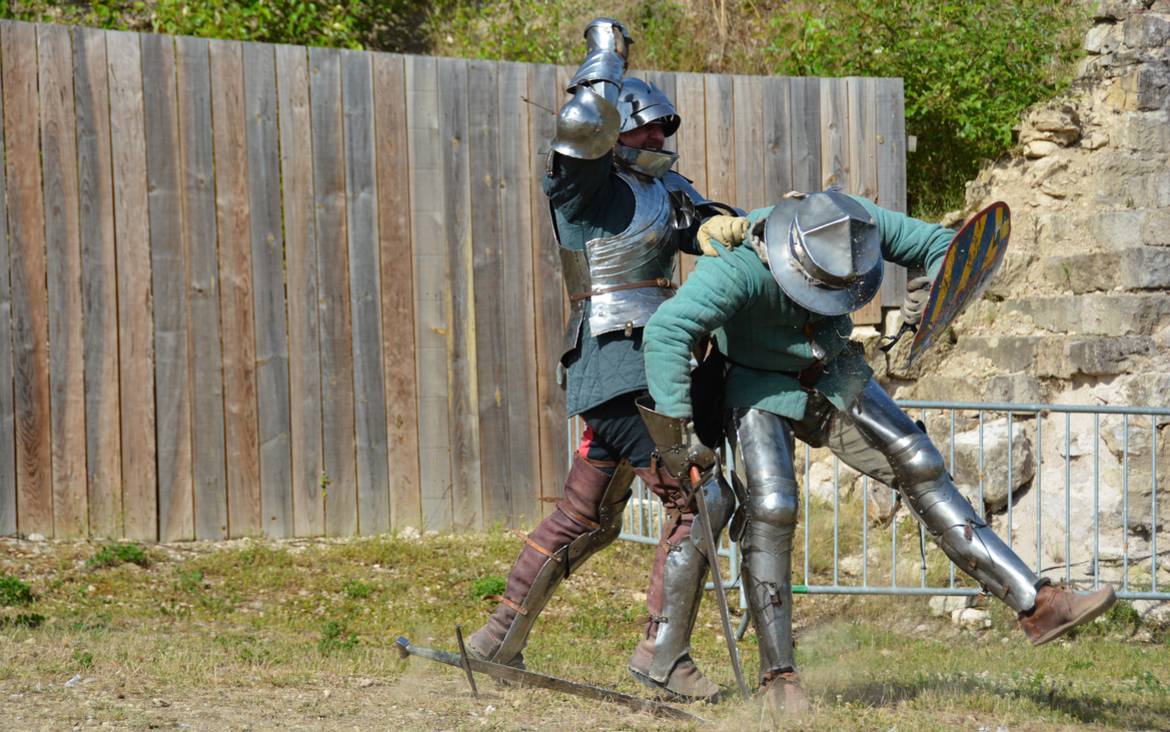
An unexpected discovery
When we arrived on the top of the headland, on which the first fortress was built at the end of the 11th century by the Count Lorrain de Vaudémont, there were no signs of the 35-metre high dungeon which once stood there. Not even a sign of the largest medieval fortress of Lorraine which used to stand in its fringes as well. Only a few well-preserved remains, which are less than one meter in height, can reveal a bygone established human activity. The real discovery started when we walked through the door of the former convent Notre-Dame, the current reception area and point of departure for tours. After the halls of the museum and the large model that evokes the monument in the early 15th century, we were led into the basement of the convent. There, history had been set. We went down to the lower room of one of the artillery towers that protected the main gate of the fortress. Then, we crossed the drawbridge pit.
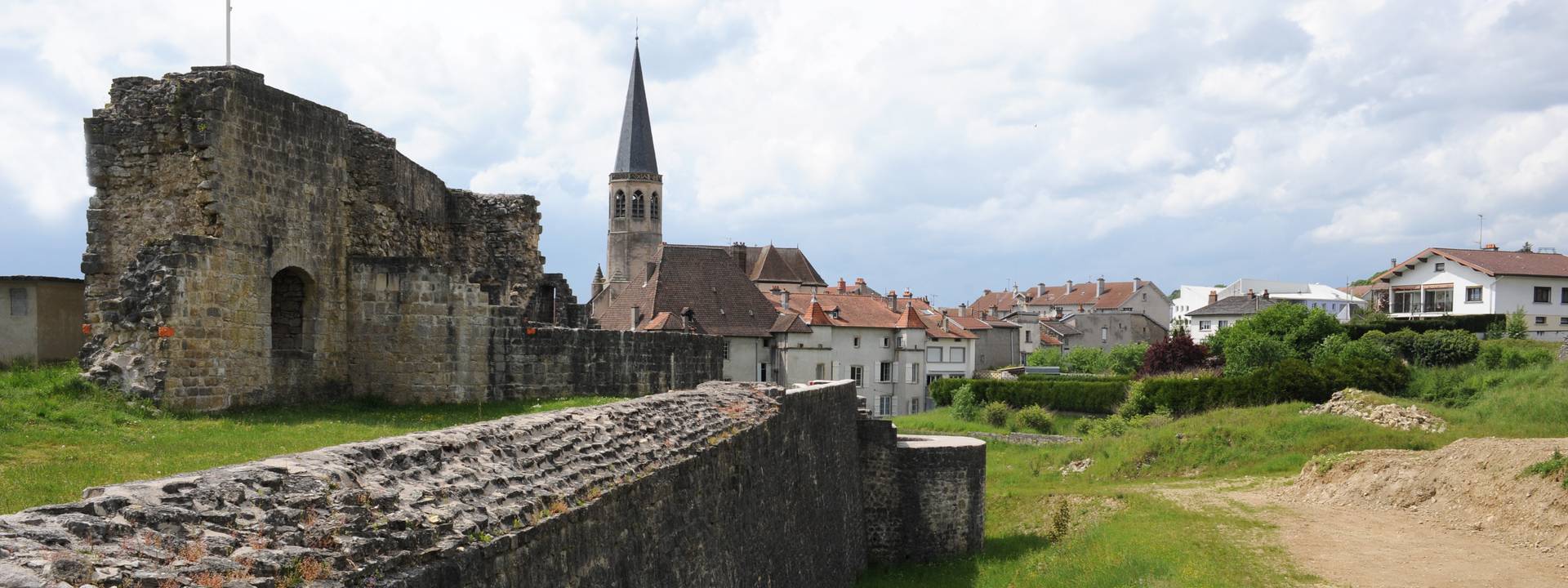
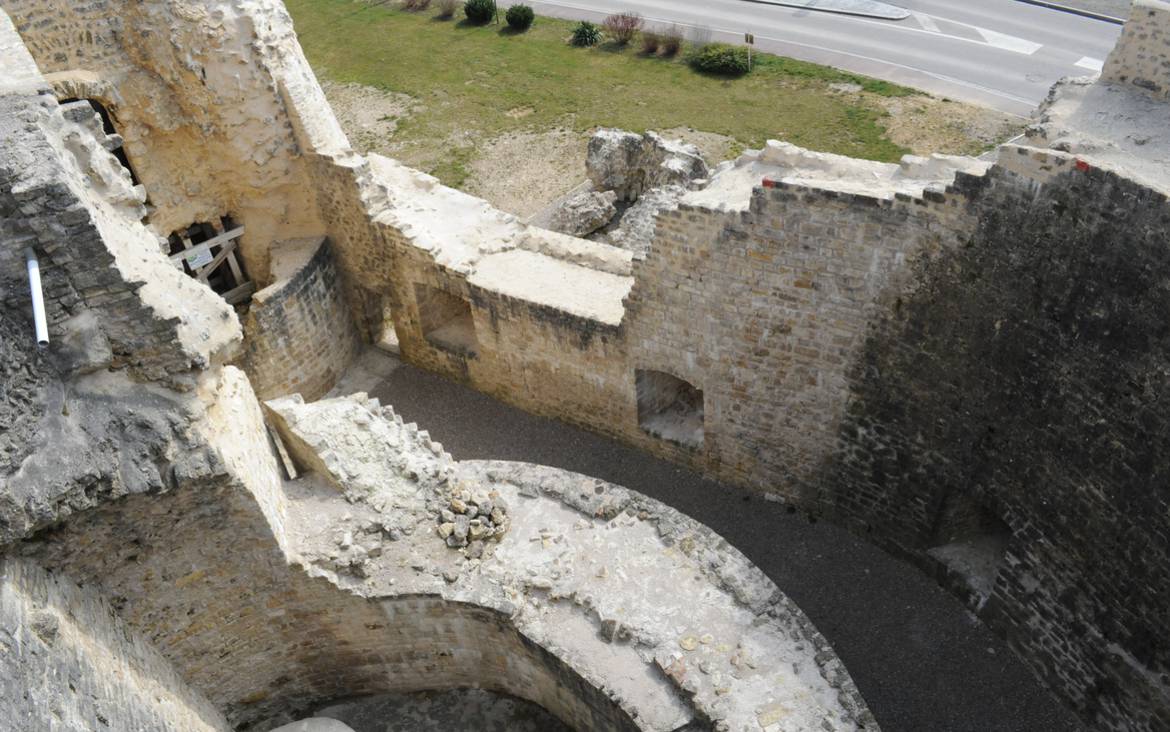
The genesis of a modern fortified system
We followed René, who lead us out of the basement of the convent towards the bottom of the fortress. There, we remained aw-struck while looking at the 7 to 10-meter high wall standing before our eyes. After walking around the monumental barbican, we found ourselves facing the artillery protection wall. René gave us details on the interest of this wall, which was a kind of consolidated rampart, built in the 15th century to protect the 13th century castle from the devastating effect of the powerful artillery that was developing in Europe. He added that what we had before our eyes was the genesis of the modern fortified system. While at the same time, the fortress had become part of Burgundy for less than a century. We walked through an archway to reach the back of the artillery gallery. Then, from there, we passed a labyrinthine series of staircases and underground corridors to reach the magnificent guard room and the gallery of archers. A door opened and we found ourselves facing the remains of the dungeon. Our journey continued with a visit to the vaulted rooms in the cellars of the arsenal and it ended at the northern part of the double wall, punctuated by two rows of artillery towers bordered by a wide moat. Wow! It had been a 90-minute tour, a discovery and a trip back in time. We will send the children there.
